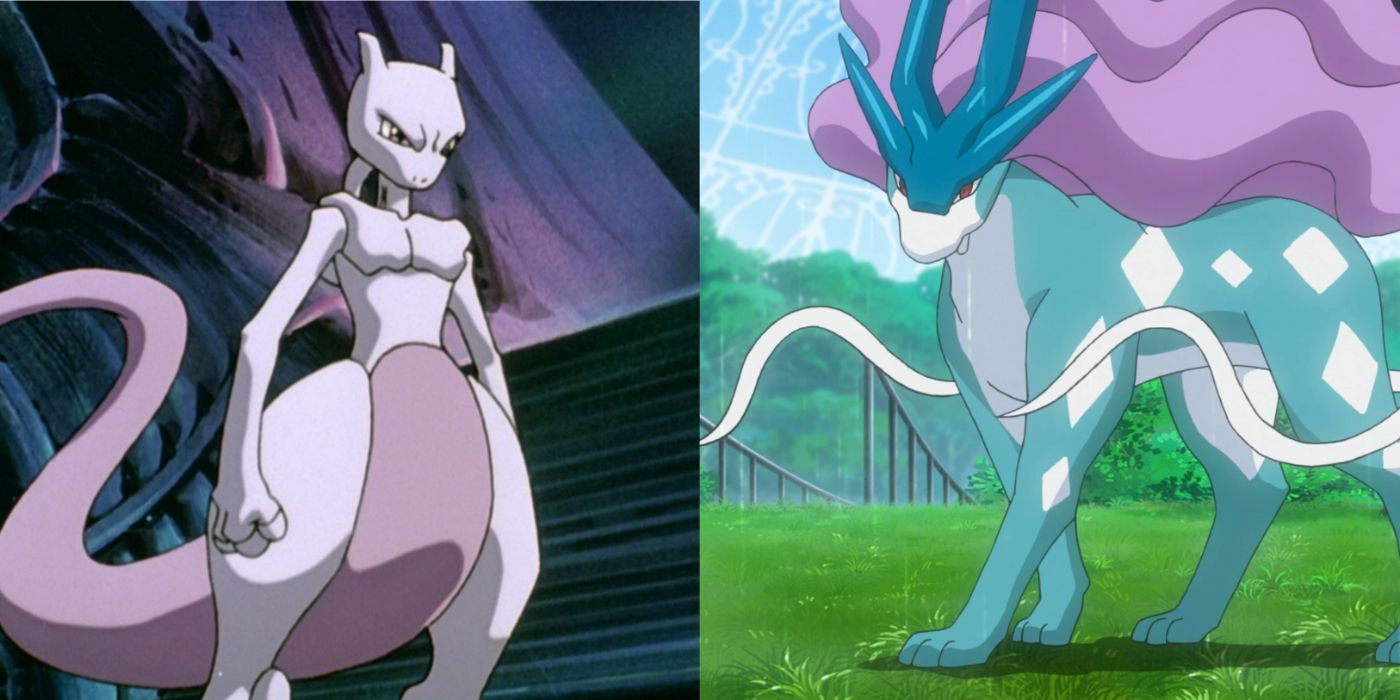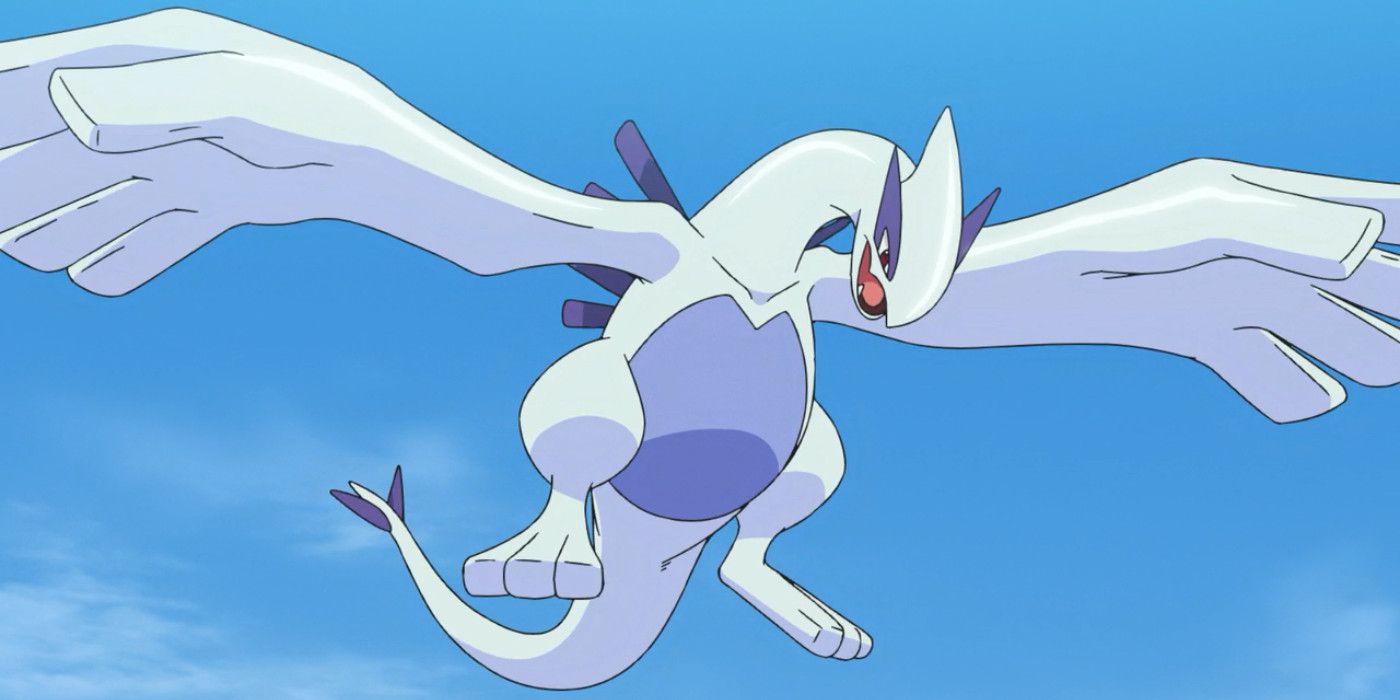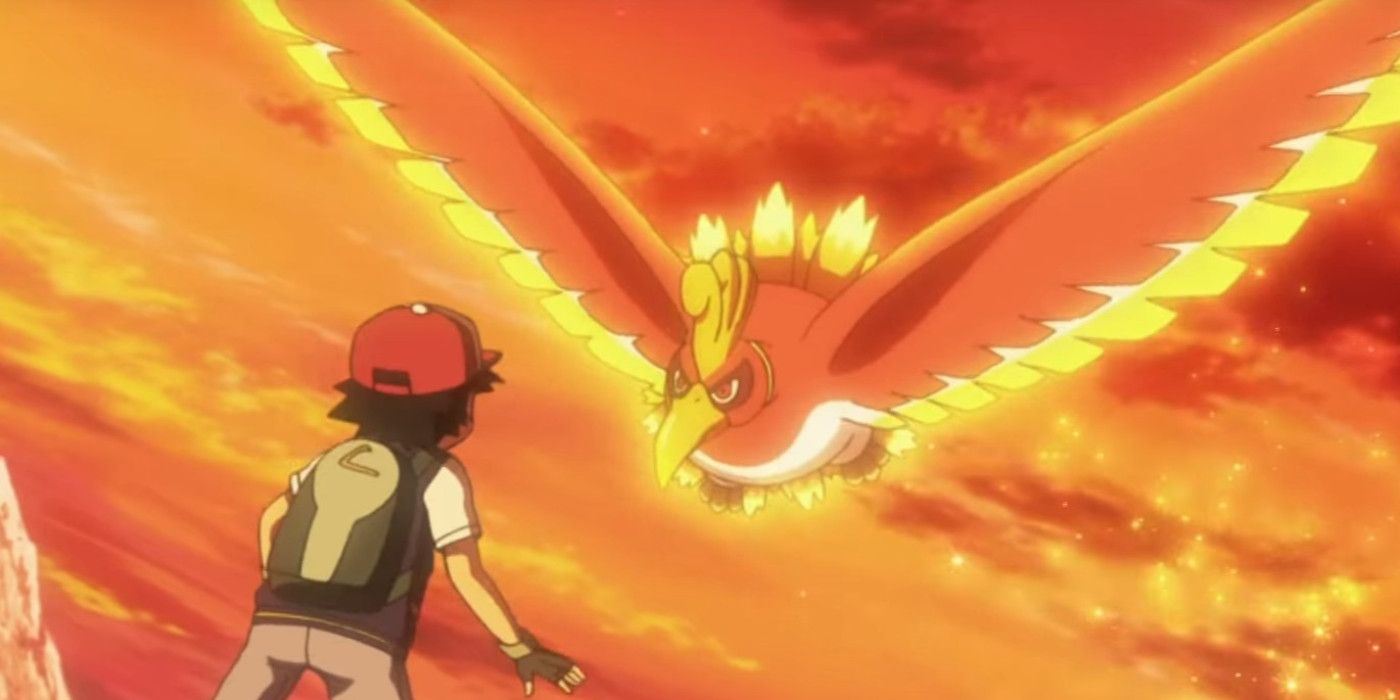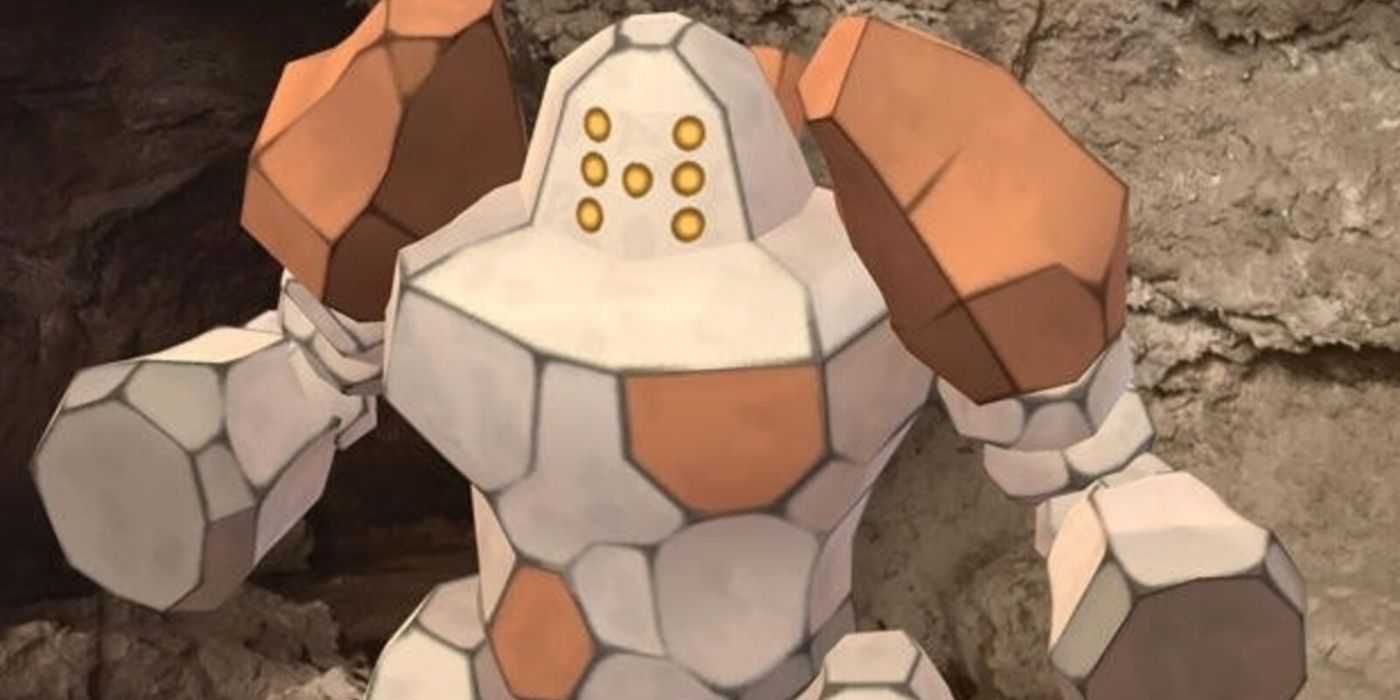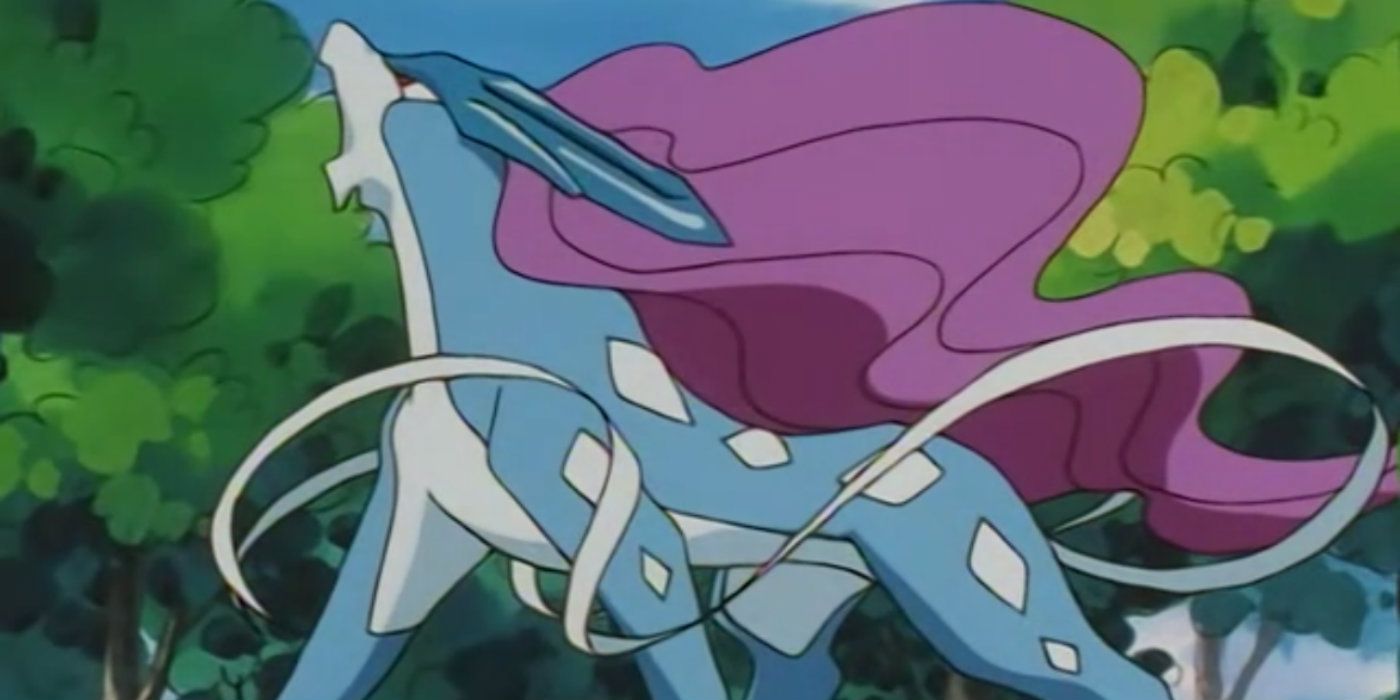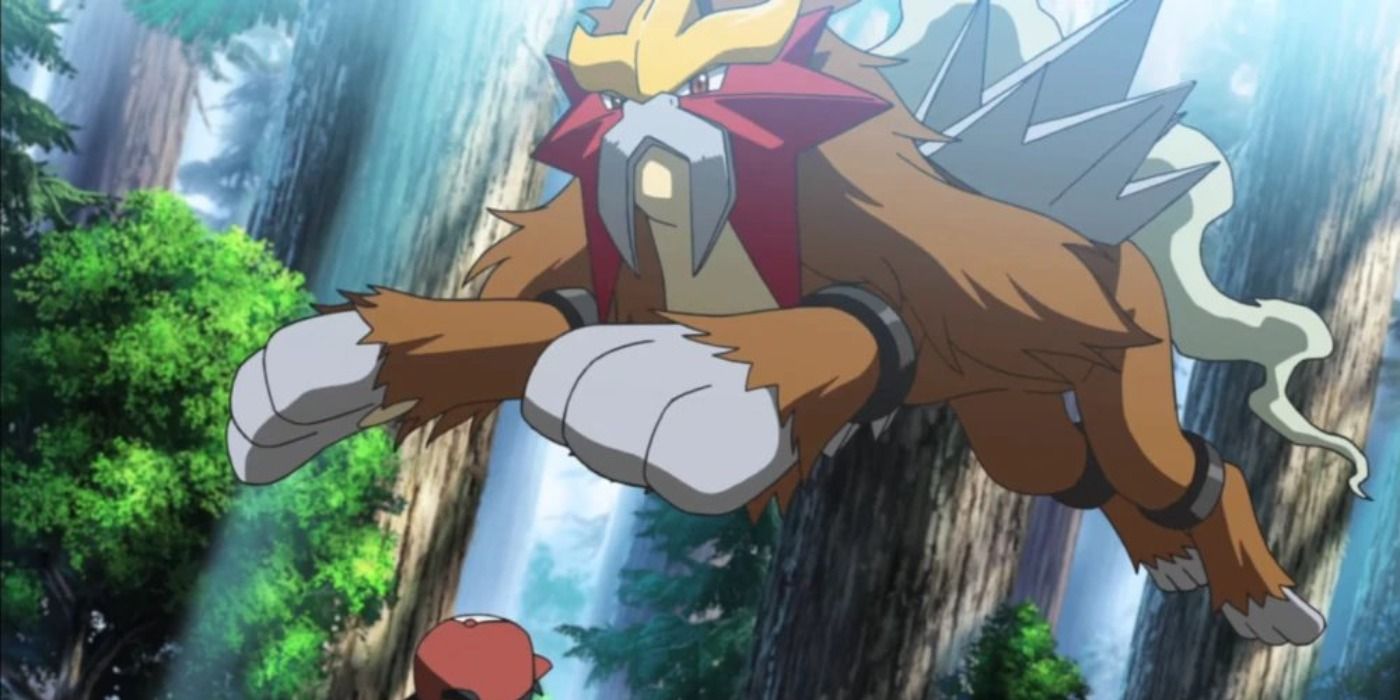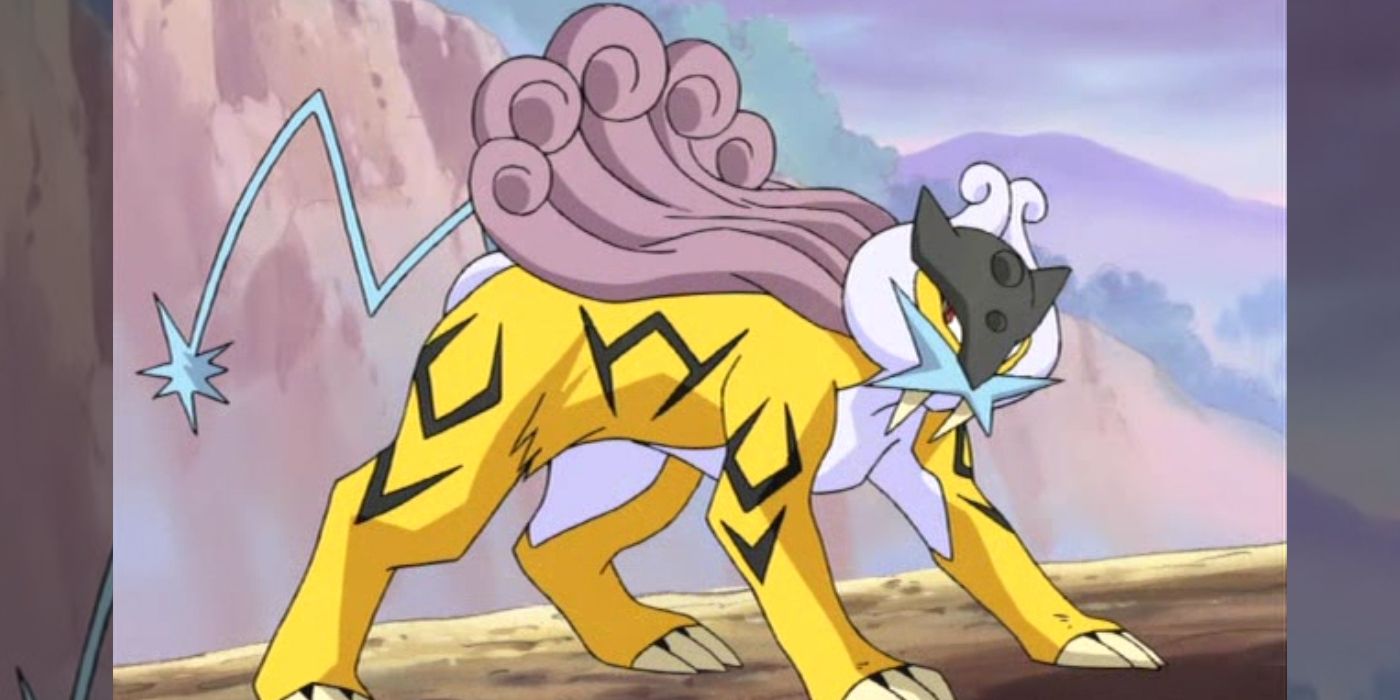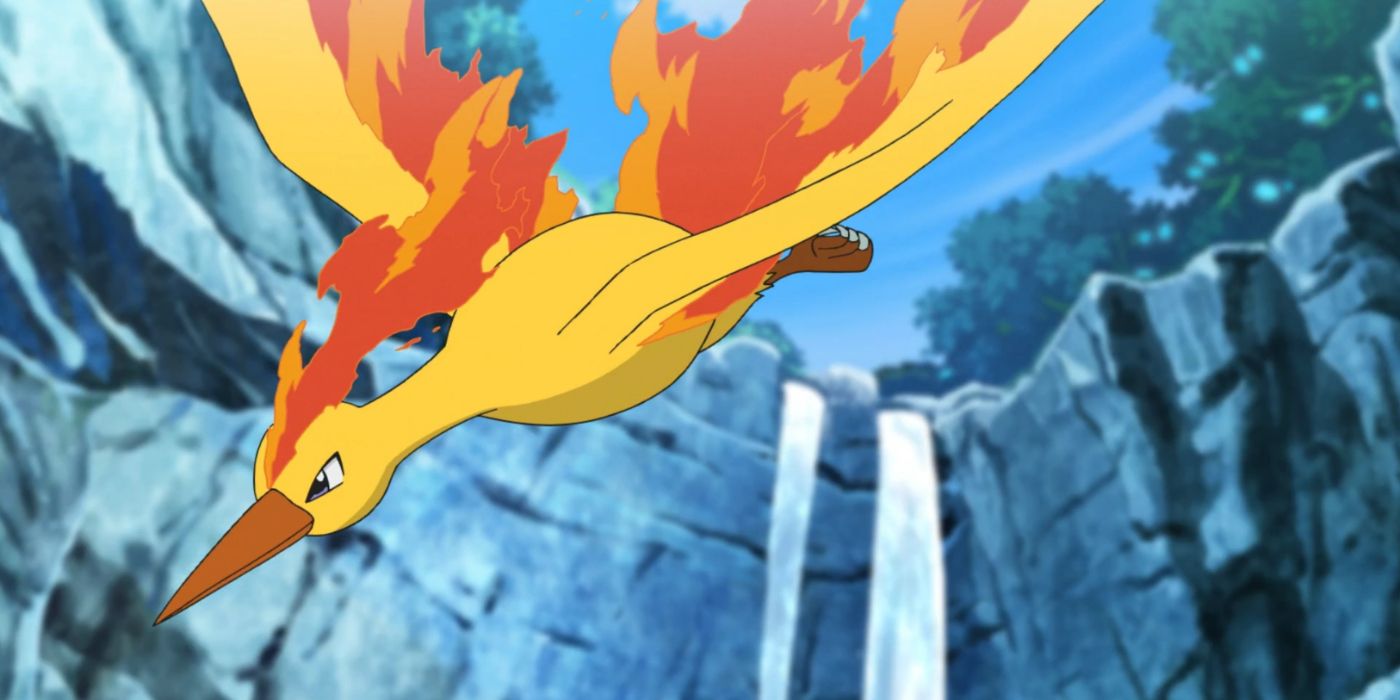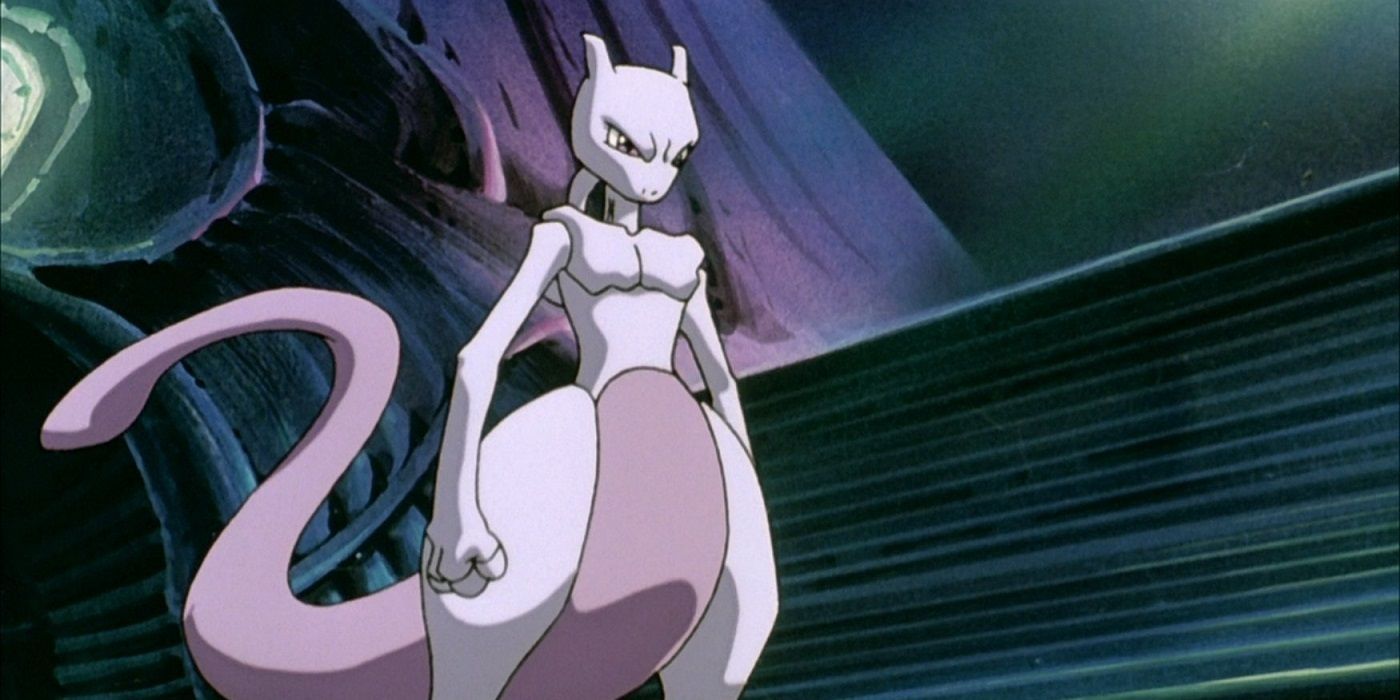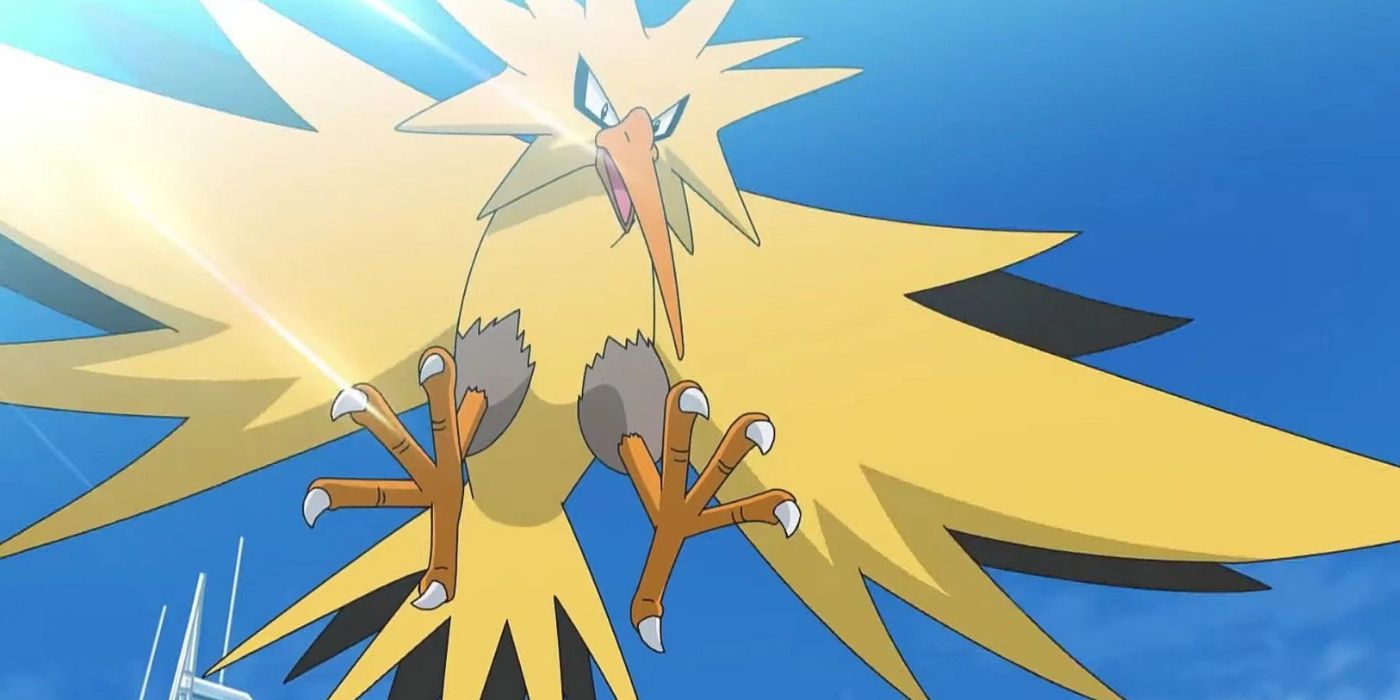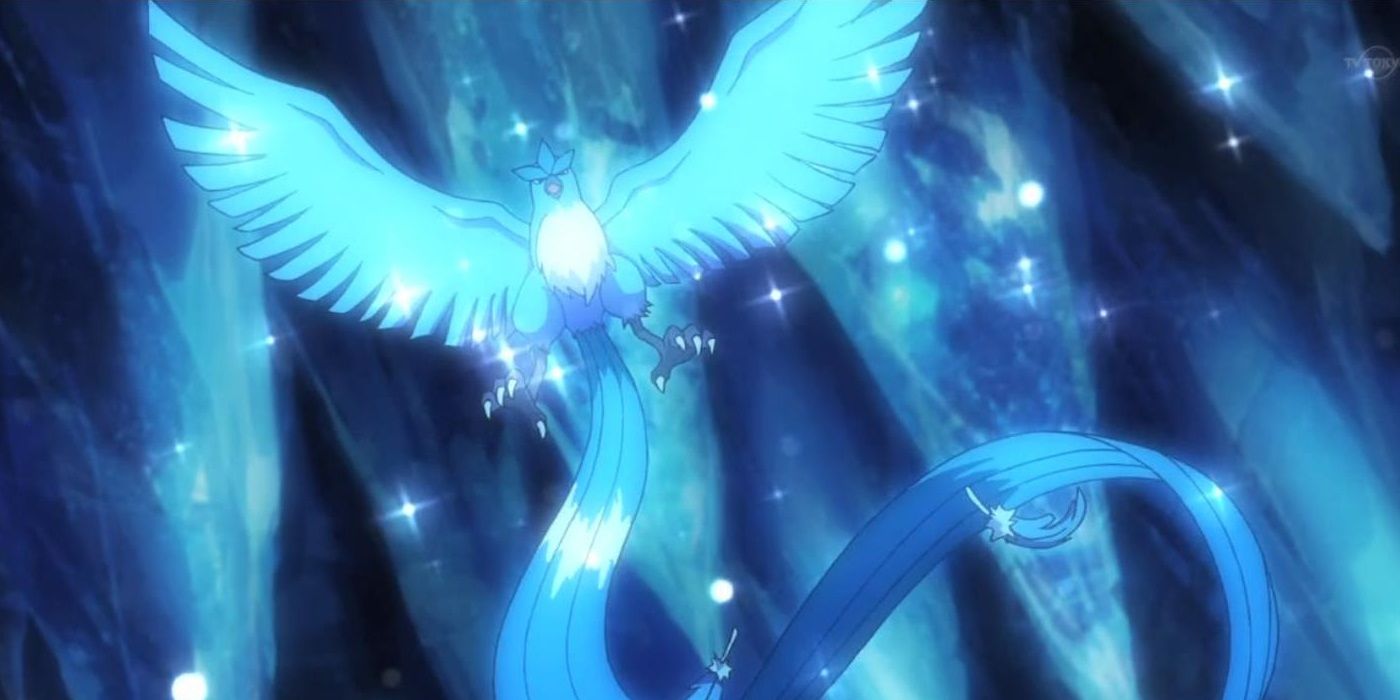Pokémon Scarlet and Pokémon Violet continue the overall franchise's long legacy of unique creatures to catch. But ever since the beginning with Red, Blue, Green and Yellow, the mainline series always had the allure of Legendary creatures that are a cut above the rest.
These species are expectedly rare and have the capture difficulty to match their esteemed status. The games organize this level of challenge through catch rate stats typically unseen to the player. The hardest Legendary Pokémon to catch range from the series' inception in the Kanto region with the likes of Mewtwo up to the Hoenn region.
Lugia
The same rules apply on the opposite end of the spectrum, as Lugia can be just as challenging (if not more so) than its Gold/HeartGold counterpart Ho-Oh. This dual Psychic/Flying-Type can be found as a scripted story event, though, the trek on the way to battling it is a test as well.
Before players try to play the odds with its catch rating of 3, they need to traverse through the twisting paths of the Whirl Islands, then make sure their team is strong enough to withstand the sheer Special Attack-focused force of Lugia's Psychic, Water, and signature Flying attack. Even so, it's fitting for the Pokémon deemed the master of Kanto's Legendary Bird Trio.
Ho-Oh
In a roundabout way, the Legendary Ho-Oh of the Johto region could be seen as a straightforward creature to find, while other games make it one of the hardest Pokémon to find in the mainline games. In the gen 2 Johto games, Ho-Oh can be found as a scripted event as part of the story, but capturing one in battle can be a grind in and of itself.
In addition to its catch rate of 3, Ho-Oh is immensely powerful, and waiting for the capture odds to land in players' favors could easily turn into a battle of attrition. If their teams aren't well-equipped lasting long enough in combat until it finally succumbs to a Pokéball could result in many soft resets. And depending on the game, Ho-Oh can be locked away behind a now-defunct Legendary event.
Regirock
In the Hoenn region, one of the Legendary Pokémon with the lowest catch rates is the Rock-Type of the Legendary Titans, Regirock. Like with all of the toughest species of this category to catch, it boasts an incredibly low catch rate of 3. However, something else that goes into how difficult it is for trainers to get their hands on Regirock is the "side quest" leading up to it.
In the days when online guides weren't as streamlined, many had to figure out that, to capture these Titans, players had to find tucked-away caves and islands, decipher a cryptic code, and perform extremely specific actions in the overworld to trigger the openings to their lairs. In terms of Regirock's sheer odds of capture, the only Hoenn-native and non-Legendary Pokémon family that's this difficult to catch is the Beldum line.
Suicune
The Legendary Beast Trio are fan-favorites of many die-hard Pokémon fans, and they were the first to incorporate the "roaming" Legendary mechanic. It's a clever way of implementing another layer of challenge and incentivizing exploration, with this feature arguably being synonymous with Suicune, Raikou, and Entei.
Suicune is perhaps the easiest of the three to catch, though, since they share the same catch rate but, depending on the game, can be found as a semi-elaborate scripted side event. Nonetheless, it's another Legendary not to take lightly.
Entei
The Fire-Type member of the Legendary Beasts, Entei is another memorable challenge from the Johto region. As with its two counterparts, Entei is triggered by an initial story event before being released to roam the wilds in mostly sporadic appearances.
Outside of Suicune, these other two Pokémon are generally seen as tougher catches due to the combination of low catch rates and the fact that they can run from battle. That makes Entei's low catch rate even harder to deal with, demanding players get creative about how they force the Legendary creature to stay in battle long enough to pull off a successful capture.
Raikou
Rounding out the Legendary Beasts Trio of Johto is Raikou. This Electric-Type saber cat is a competent Special Attacker in mainline Pokémon games and, like its companions, demands some dedication from players that want to catch it.
Having the capture odds be well against players' favor from the off is tough as is, but keeping tabs on a continuously fleeing Raikou in addition to Suicune and Entei can prove to be a significant grind. It's debatable exactly where it ranks among its peers in terms of power, but taking everything about catching this Pokémon into context is more important.
Moltres
Though there have certainly been more powerful ones as generations' worth of games passed by, Moltres and co. will always be memorable Legendary Pokémon thanks to being the franchise's first "trio." Moltres is the dual Fire/Flying-Type of the group and is a hard monster to capture, especially depending on the game.
The original gen 1 set of games has certainly shown their age, making playing by their mechanics an exercise in frustration on their own. Players need to trek through Victory Road (or Mt. Ember in the remakes) to find it, though, Moltres being the weakest of the three when it comes to power should help to an extent.
Mewtwo
Often cited by many veteran fans as being the best Legendary Pokémon in the franchise, it's no wonder that Mewtwo poses such a challenge to players in-game. It's undoubtedly one of the most iconic creatures in general from the Kanto region, with intriguing sci-fi-centered lore behind its creation.
Ever since the original gen 1 game, Mewtwo has served as a climactic final test in several entries in the mainline series since it can only be accessed in the post-game Cerulean Cave. It's packed with other high-level Pokémon as is, with Mewtwo itself creating an imposing presence through its sheer Special Attacking power and appearing at Level 70.
Zapdos
While Moltres is typically seen as the least powerful in the Legendary Bird Trio, Zapdos popularly stands among players as the strongest. The Electric/Flying dual typing is great for tackling other Flying-Type opponents, its Special Attack is on par with Moltres' impressive stat total in the same category, and it has blistering Speed.
Going into battle to try and catch it will be brutal for teams unprepared to exploit its weaknesses. Ironically, however, for players that do have checks against Zapdos (Rock, Ice), it becomes the easiest of the three to subdue until it's finally caught. This is also, in part, due to the dungeon it's located in being fairly easy to navigate.
Articuno
In general, Ice-Type Pokémon are known for being relatively frail on the defensive front. Regardless, Articuno's status as a Legendary creature has compensated for that, as it's the sturdiest of the trio in both Physical and Special Defense. That being said, it also shares Motlres' glaring 4x weakness against Rock.
Despite all of that, though, it might be the most difficult to catch when factoring in its low catch rate and location. The Seafoam Islands where Articuno is popularly found within its native Kanto region is certainly the most complex dungeon compared to Moltres in Victory Road and undoubtedly Zapdos in the Power Plant.

